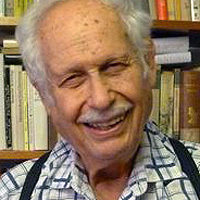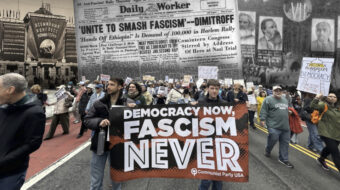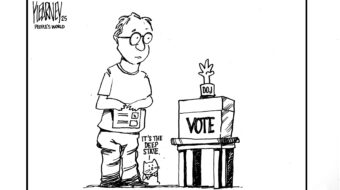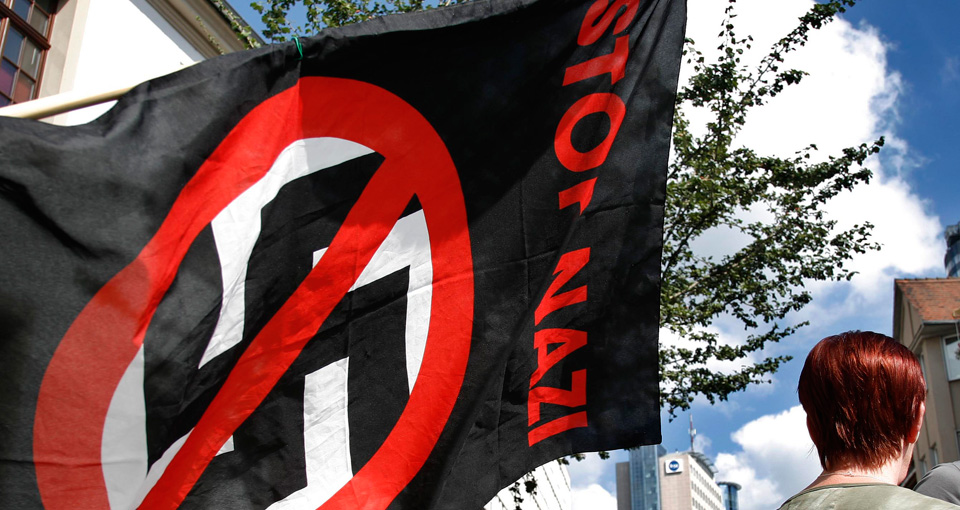
BERLIN—The sirens and shouted curses from Charlottesville resounded all too audibly even here in far-off Germany. Little imagination was required; Germans are familiar with the brutal faces, twisted with hatred, the racist epithets, and threats. Sometimes we even still hear the ugly words of the Nazi victory cry in German: “Sieg Heil!”
Scenarios like that, not only as echoes from the past, have become a part of life in today’s Germany. Almost every weekend, in some town or city, we see the racists and neo-Nazis march with their jackboots, flags, and fearsome banners, so much like those in Virginia. Sometimes just a small, hard core or private gathering with nationalist songs escalates to texts about gas and Jewish blood.
There are also the big crowds, though. Four weeks ago, in Themar, a hitherto unknown little town in Thuringia, 6,000 gathered for a “rock concert.” One sponsor, who runs a Nazi restaurant nearby, sold t–shirts marked “HTLR.” The full name is officially taboo, but, he explains with a twisted grin, it means only “Homeland-Tradition-Loyalty-Respect.” Who can object to that? Or to prices of €8.80—when everyone knows that 8 is letter H in the alphabet, and 88 is code for “Heil Hitler.” Or “1933”—the year the Nazis seized power. It’s all legal, approved by the court. Even a big parking lot was reserved for them.
Even very decent-looking citizens may join the marching, like in Dresden every Monday for two years. Accusations of racism are answered with claims of merely wanting to defend “German culture” against the inroads of “Islamists.” With slogans, songs, and only now and again with torches and weapons. They were initially a campaign group calling themselves PEGIDA by the German initials, which stands for “Patriotic Europeans Against the Islamization of the West.”
Then, a full-fledged party was founded by an attractive young entrepreneur and an elderly, respectable professor: AfD, the Alternative for Germany. It is already treated quite fairly by some in the media—just short of favorably— and will soon have several dozen seats in the national Bundestag. It is already represented in many local and state legislatures.
Like the booted men or the t-shirt singers, its main voting base rallies under a basic program of “Hate the enemies.” In Charlottesville, the enemies are sometimes Jewish, but mostly Black or Muslim, but always if possible weaker, poorer—and somehow different—in color, clothing, faith. And in Germany the same: sometimes Jewish but mostly Turkish or, with the recent refugees, Arab, African, and Afghani. A hijab head-covering is sufficient to make oneself a target.
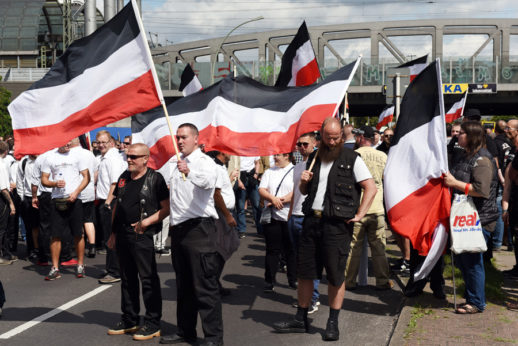
While the rabble of Charlottesville finds traditions like those of Robert E. Lee or Gen. Nathan Beford Forrest to defend, some Germans have more recent models. This past Saturday, August 19, in Berlin, Hitler’s political descendants marked the 30th anniversary of the death of his deputy, Rudolf Hess, who “stuck to his principles till the end,” as one t-shirt proclaims. The modern day Nazis had planned a memorial march to the (demolished) Spandau prison where Hess was locked up after World War II and where, in 1987, he hung himself.
He is honored every year, but this time, his admirers wanted a real show of force in the capital city. An estimated 500 showed up. Police enforced a strict set of rules on the Hess marchers: no display of illegal symbols like the swastika, only one flag for every 50 marchers, one drum for every hundred, and of course no weapons. And no explicit praise for Hess was allowed.
When the Nazis marched in that out-of-the-way little town mentioned earlier, Thuringia, only 1,000 counter-demonstrators met the 6,000 anti-Semites. But in Berlin Saturday, a strong turnout of local residents and anti-fascist activists from left-wing organizations far outnumbered the Nazis. A successful blockade shut down the route to Spandau and forced Hess’ admirers to turn back after only half a mile.
Compared with Charlottesville, there are differences at these kind of events, but there are also too many similarities. No prominent German official risks praising the pro-Nazis; Hitler, Hess and the swastika are legally taboo, and there are hardly any “beautiful statues and monuments” to be rescued.
But here, too, not on Twitter but in very respectable media, there are statesmen who denounce not only pro-Nazis but “extremists on the left and the right.” Antifas, those “direct action” anti-fascist militants, are also denounced as a bad bunch. They sometimes break windows and set cars on fire.
Indeed, such things occur now and then, and represent a genuine problem, especially because there is a suspicion, occasionally backed up by facts, that behind the masks and balaclavas are not only angry anti-Nazis but some who love wreckage, some who love alcohol and perhaps, throwing the first stones or torches. Agents provocateurs granting the media what they require while ignoring or smearing a great majority marching to oppose racism and fascism—and who may even, very peacefully, tear down a racist flag or statue here and there.
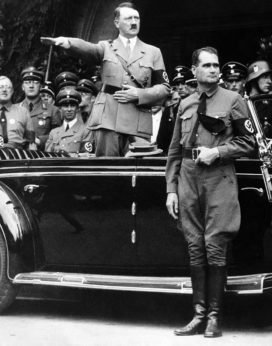
Behind carefully-worded denunciations of “both the left and the right” though, some elderly German survivors hear fearsome echoes, recall Germany’s past with dread, and look forward with anxiety, but not only for Germany. They know where such jackboots, straight-arm salutes, and “neutrality” can lead.
In the German elections on September 24, our smiling, sensible, and good-natured Angela Merkel, for so long friendly to refugees and motherly to all good Germans, seems very likely to help her party win again. She is very much an opposite to Trump; she even disagrees openly with him.
The same may not be said for her lieutenants. While Transportation Minister Alexander Dobrindt bows low to his friends in a pollution-friendly auto industry, Finance Minister Schäuble continues squeezing every last euro from the poorer countries of southern Europe and breaking all resistance. Defense Minister Ursula von der Leyen calls for more billions for defense, sends troops to the deserts of Mali, the mountains of Afghanistan and, more dangerously by far, to the borders of Russia within earshot of Kaliningrad and St. Petersburg. With every new scandal about Nazi-era traditions in her Bundeswehr, Germany’s army, she calls for renewed cleansing—which somehow never succeeds.
And Interior Minister Thomas de Maizière, after false, distorted reports on the “riots” at the G20 meeting in Hamburg last month, denounces left-wing demonstrators, with stress on the few violent ones. He proposes that “we should require them to report to the police at regular intervals and if, need be, wear electronic ankle monitors,” while he moves toward the extension of lasting monitoring of everyone—down to the last telephone call, email, or visit to a public place. Recent leaks indicated mysterious ties between police or FBI-equivalents with anti-foreigner murders. Who in the end would be defined as “leftist extremists” under de Maizière’s criteria? Would it include also those who demonstrate against climate change or for peace and solidarity?
No, Germany has no exact equivalent of the White House cabal; its leaders are highly educated and circumspect in their speeches. But growing threats in both countries are far too similar. The dangers, especially if some great crisis should hit again, are cause for alarm.
In both countries, and elsewhere, there is courageous opposition to such threats. Many organizations resist racism, repression, massive armament build-ups, and provocations. They oppose the suffering of all those hit by deprivation, whether at home or abroad. There are many heroic models in the past in both Germany and the USA.
Growing unity is perhaps the only key to locking the door on the forces of hatred and bloodshed, from Charlottesville to Thuringia, from Washington to Berlin.


